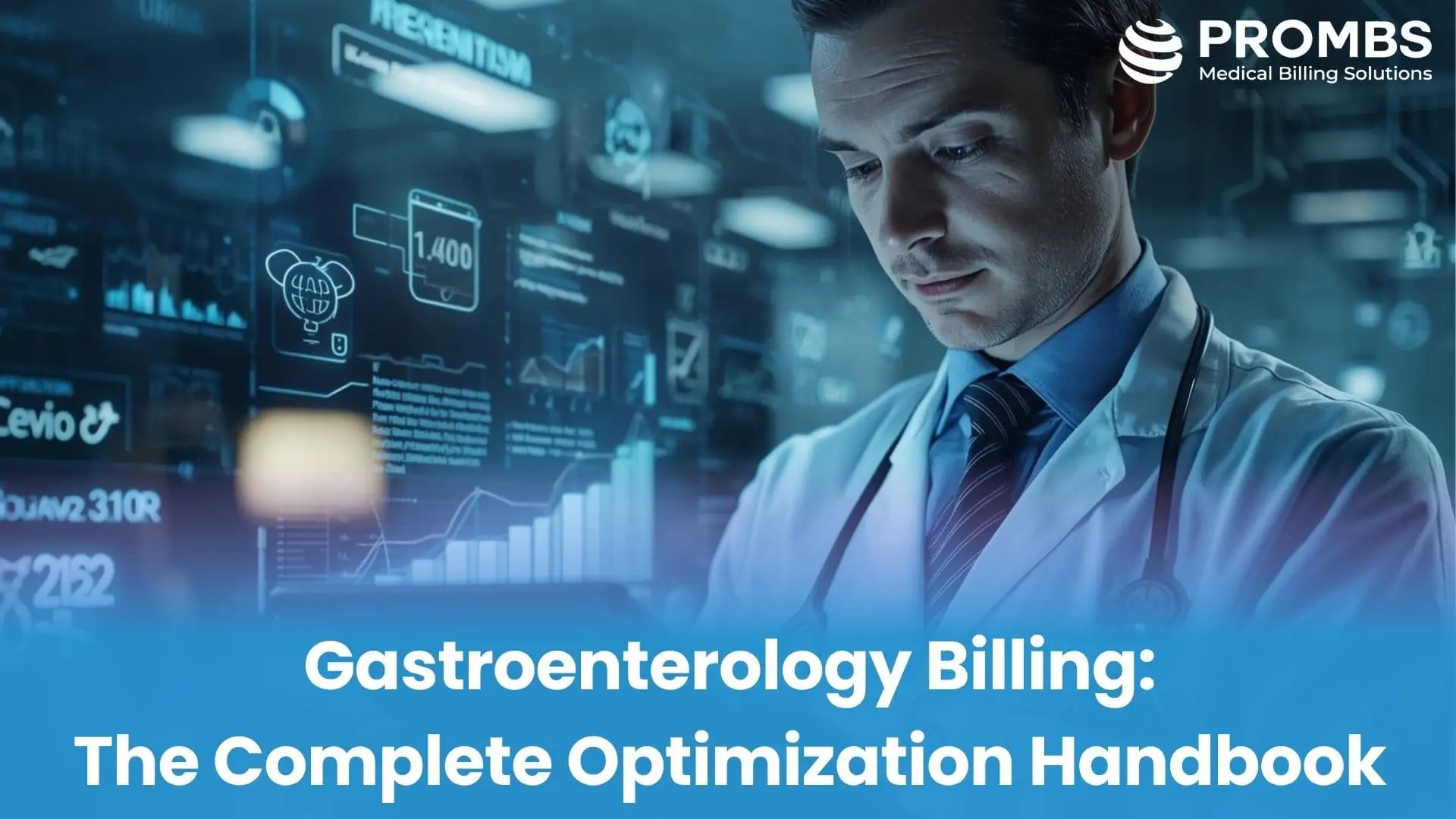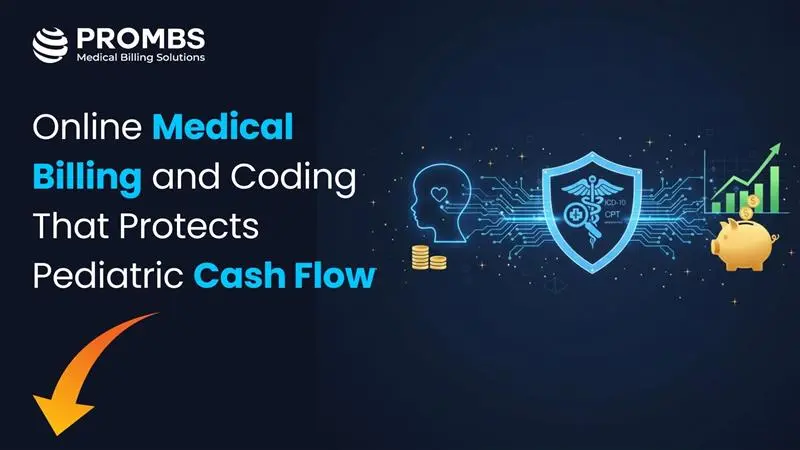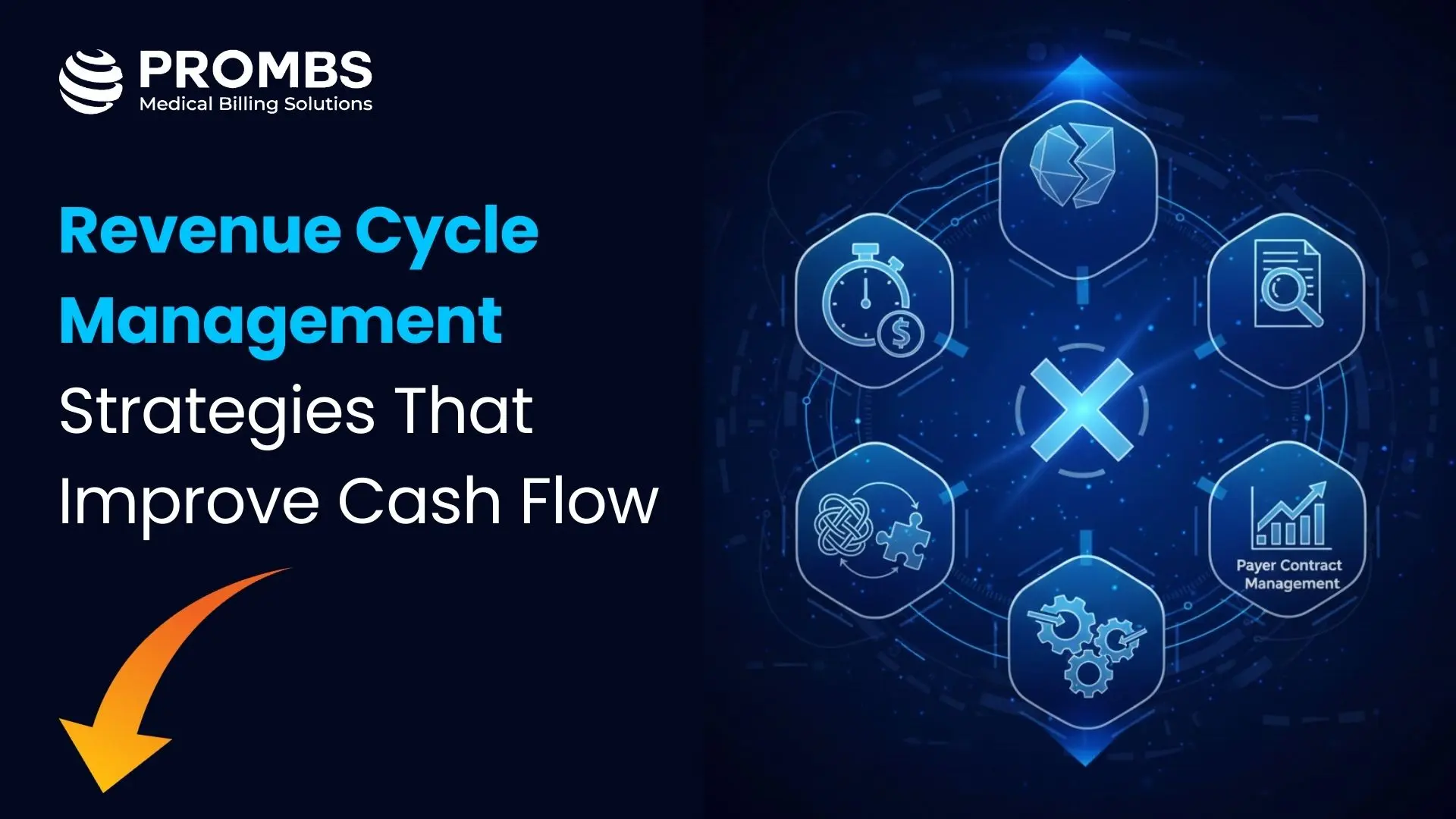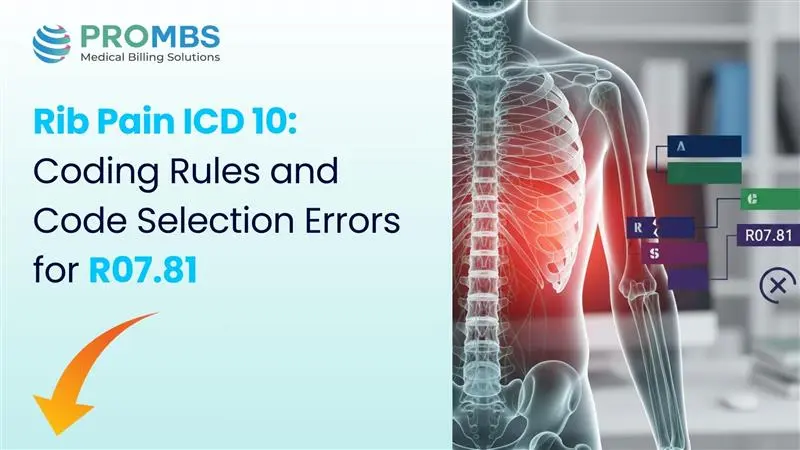Gastroenterology billing optimization is the key to maximizing your reimbursements and minimizing denials in today’s complex healthcare environment. This handbook serves as your step-by-step guide to mastering accuracy, compliance, and profitability in gastroenterology billing.
If you ever had a claim denied due to a modifier or code update, you know how frustrating and expensive it could be. Gastroenterology billing is still one of the most detailed parts of medical reimbursement.
Every practice like colonoscopy, endoscopic biopsy, or ERCP procedure needs precise coding. On the other hand, even a small mistake, like missing a modifier or using an outdated CPT code, can stop a payment completely and can result in denial. With the 2025 CPT updates and growing administrative work, now the billing accuracy is more critical than it ever was.
This guide explains how to make your gastroenterology billing more efficient and profitable. You’ll learn how to apply the latest CPT code updates and how to use automation tools effectively as well as how to calculate ROI to measure the real financial results.
What Is Gastroenterology Billing Optimization?
Billing optimization means improving every part of the revenue cycle i.e. from charge capture to claim submission and denial management. It all starts with accurate data. Each diagnosis and procedure must align with payer documentation rules.
When workflows are consistent and supported by smart tools, errors decrease and payments move faster. According to the Healthcare Financial Management Association (HFMA), missing documentation and data entry errors cause over one in four denials in specialty billing resulting in how important the data integrity is for any efficient revenue cycle.
Optimization also means focusing on performance as the Medical Group Management Association (MGMA) reports that practices auditing denial trends quarterly can reduce resubmissions by approximately 30 percent so regular monitoring can help gastroenterology teams to improve their coder accuracy and stay aligned with payer policies.
Latest 2025 CPT Code Changes for Gastroenterology Billing
Each year, the American Medical Association (AMA) updates CPT codes for the purpose of reflecting new clinical practices. The 2025 changes include several key revisions for gastroenterology, especially for endoscopic and diagnostic procedures. The below updates help clarify bundling rules and improve the requirements of documentation, as well as bring consistency to procedure reporting.
| Procedure Type | 2024 CPT Code | 2025 CPT Code | Change Summary |
|---|---|---|---|
| Upper GI Endoscopy | 43235 | 43236 | Biopsy sampling is now included in the same code |
| Colonoscopy, Screening | 45378 | 45380 | Clarifies billing when the removal of tissue is performed |
| ERCP | 43260 | 43261 | Expands the combined diagnostic and therapeutic use |
| Capsule Endoscopy, Small Bowel | 91110 | 91111 | Updates how the interpretation data is defined |
| Esophageal Dilation | 43450 | 43451 | Refines terminology for the procedures of endoscopy |
Key Implications for Gastroenterology Billing Optimization
One of the biggest changes in 2025 are bundling adjustments. The AMA CPT Editorial Summary states that some procedures that were billed separately before are now combined under a single code. This means the billing software and your team training must be updated to avoid underbilling.
Modifier revisions also require attention. The AMA’s CPT Assistant for early 2025 notes that new codes depend on modifiers to identify body sites and procedural variations. Even if the main code is right, using the wrong modifier can still lead to claim denials.
Documentation rules are now tighter. According to the Centers for Medicare & Medicaid Services (CMS) Claims Processing Manual, operative reports must clearly describe the scope type and sampling method. Lesion location also must be described. These details are now required for proper code validation during audits.
Compliance Recommendations
Before January 2025, you must review your EHR templates and billing system to make sure all the new codes and modifiers are in place. CMS always suggests performing quarterly audits to verify accuracy and compliance with the rules of payer medical necessity. If you keep coders trained and templates updated, it will definitely reduce downstream denials and payment delays.
How Automation Improves ROI of Gastroenterology Billing Optimization?
Automation is now a crucial and central part of modern gastroenterology billing optimization. It helps handle repetitive work like charge entry, payment posting, and denial tracking. In high-volume practices, automation reduces human error effectively and accelerates the payment cycle.
Operational Benefits you need to know
Automation brings measurable gains. According to the CAQH Index Report 2024, practices using automated systems reduce manual billing tasks by almost 45 percent. Coding validation tools also catch CPT and ICD-10 mismatches before any submission, which prevents avoidable denials. Automated claims are generally processed faster, too.
Many billing systems now support real-time submission and adjudication. It can help cut payment cycles from weeks to days. Dashboards give teams full visibility into any pending claims, denials, and payments across all the payers.
How to Calculate ROI in Gastroenterology Billing?
Here’s a simple way to measure return on investment (ROI):
ROI (%) = [(Revenue Gain – Automation Cost) / Automation Cost] × 100
For instance, if automation saves $40,000 annually but costs $10,000 to set up, your ROI is 300 percent. The HFMA Technology Adoption Study 2024 has reported that many practices see ROI within six months of implementation because of their improved efficiency.
Benefits you gain from Automation
The HFMA has reported that automation can reduce denials by up to 30 percent and speed up payments by more than 40%. In gastroenterology, linking automation tools with endoscopy reporting systems often increases clean claim rates and ensures better charge capture accuracy.
Using a Billing ROI Calculator
An ROI calculator measures the financial impact of billing improvements. It helps practices see how much they gain after adopting automation or outsourcing.
How to Use It:
- Count your average monthly claims.
- Note your current reimbursement rate and billing costs.
- Estimate savings from automation or fewer reworks.
- Subtract the total costs from total savings to find your net gain.
- Use the ROI formula to calculate the percentage.
For example, if your clinic handles 10,000 claims yearly and improves accuracy by $5 per claim, that’s $50,000 in additional revenue. After software costs of $12,000, your ROI would be around 316 percent. According to MGMA, GI practices that measure ROI consistently see sustainable revenue growth year over year.
Strategic Use of ROI Tracking
ROI analysis is the process which reveals where your billing process needs improvement. HFMA’s 2024 Revenue Cycle Benchmark Report found that practices tracking automation ROI regularly reduce manual workload by about 25%. This allows your staff to focus more on high-value tasks like payer follow-up and denial resolution.
Key Metrics to Track for Performance of Gastroenterology Billing Optimization
If you keep track of the right metrics, it can help maintain efficiency and financial control. MGMA recommends monitoring five major KPIs for your billing performance:
- Claim Denial Rate: Always aim for below 5% to ensure financial stability.
- Clean Claim Ratio: Always aim for 95% or higher to ensure strong coding accuracy.
- Average Reimbursement Time: Tracks how fast payments for your practice are received after claim submission.
- Net Collection Rate: Measures actual revenue collected versus the total expected to assess the efficiency of collection.
- Charge Lag Days: The shorter the gap between service and charge entry, the stronger your cash flow will be.
Automated dashboards make it easier to track these numbers and ensure predictable results over time.
How to Know It’s Time to Outsource?
Outsourcing can make sense when denial rates are high, staff turnover is frequent, or your technology is outdated. The American Health Information Management Association (AHIMA) has reported that outsourcing medical billing often boosts accuracy and lowers overhead, especially for any mid-sized practices.
| Option | Description |
|---|---|
| In-House Billing | Offers full control over billing operations, but requires continuous software updates, staff training, and strict compliance checks. |
| Outsourced Billing | A team of billing experts manages coding, claim submissions, and denial follow-ups, reducing administrative burden and revenue loss. |
| Hybrid Model | Combines internal oversight with outsourced billing support, providing flexibility, scalability, and cost efficiency. |
Financial Benefits
HFMA’s RCM Transformation Study 2024 found that outsourcing can lower administrative costs by 20 to 30%. On the other hand, it also improves the collection rates through stronger denial management and compliance monitoring.
What are the risks and Compliance Factors?
CMS and the HHS Office for Civil Rights have recommended partnering with vendors who use HIPAA-compliant systems and understand your specialty. Performing regular quarterly reviews with your billing partner can ensure transparency in performance and claim accuracy.
How to Improve Billing Accuracy in Gastroenterology?
Accurate billing in Gastroenterology depends on clear documentation and proper coding. Every claim should justify medical necessity, use correct CPT and ICD-10 pairings, and follow payer rules. CMS data report from 2025 shows that over 7 percent of the improper payments come from poor, less focused, and low-quality documentation. That’s why proactive audits are always essential for improved billing accuracy.
Practical Tips:
- Update Code Lists: Always review Gastroenterology’s CPT and ICD-10 codes annually.
- Use Validation Tools: Using software that flags missing data can help catch errors early.
- Audit Monthly: Observe, Spot, and detect recurring issues and fix them before they affect your revenue.
- Train Staff Regularly: Always keep your teams up to date with payer rule changes.
- Track Denials: Look for trends instead of fixing isolated errors.
Gastroenterology practices that invest in regular training and audits often see better reimbursement accuracy and more predictable revenue. By applying these practical tips billing accuracy in Gastroenterology can be improved on a large scale.
How Partnering with ProMBS Transforms Your Gastroenterology Billing
Partnering with ProMBS will help you with your gastroenterology practices and will strengthen its revenue cycle with much more accuracy and control. Our billing experts specialize in GI coding, 2025 CPT updates, and payer-specific rules to ensure that each and every claim is submitted clean and compliant. We use automation and real-time dashboards to cut denials and improve your cash flow as well as get rid your staff from complex billing tasks.
Our Bleeding Revenue Scan: Quickly detects hidden revenue leaks, underpayments, and missed billing opportunities.
With ProMBS, you get more than a billing vendor. You also gain a dedicated partner focused on your financial growth. Our team handles coding, charge capture, AR recovery, and compliance audits while keeping your operations transparent and efficient. On the other hand, most GI practices that work with us see faster reimbursements, fewer errors, and measurable revenue improvement within months.



